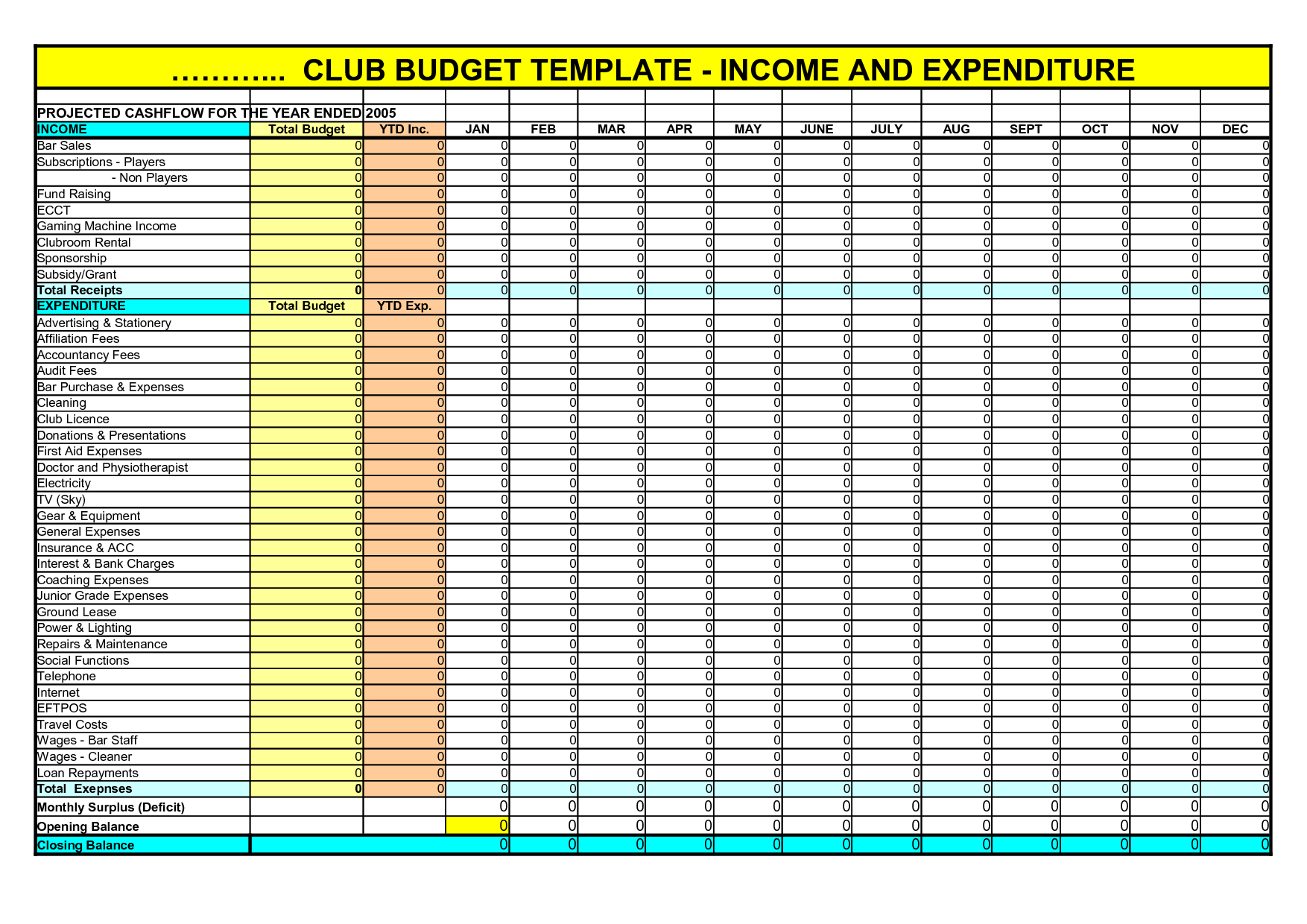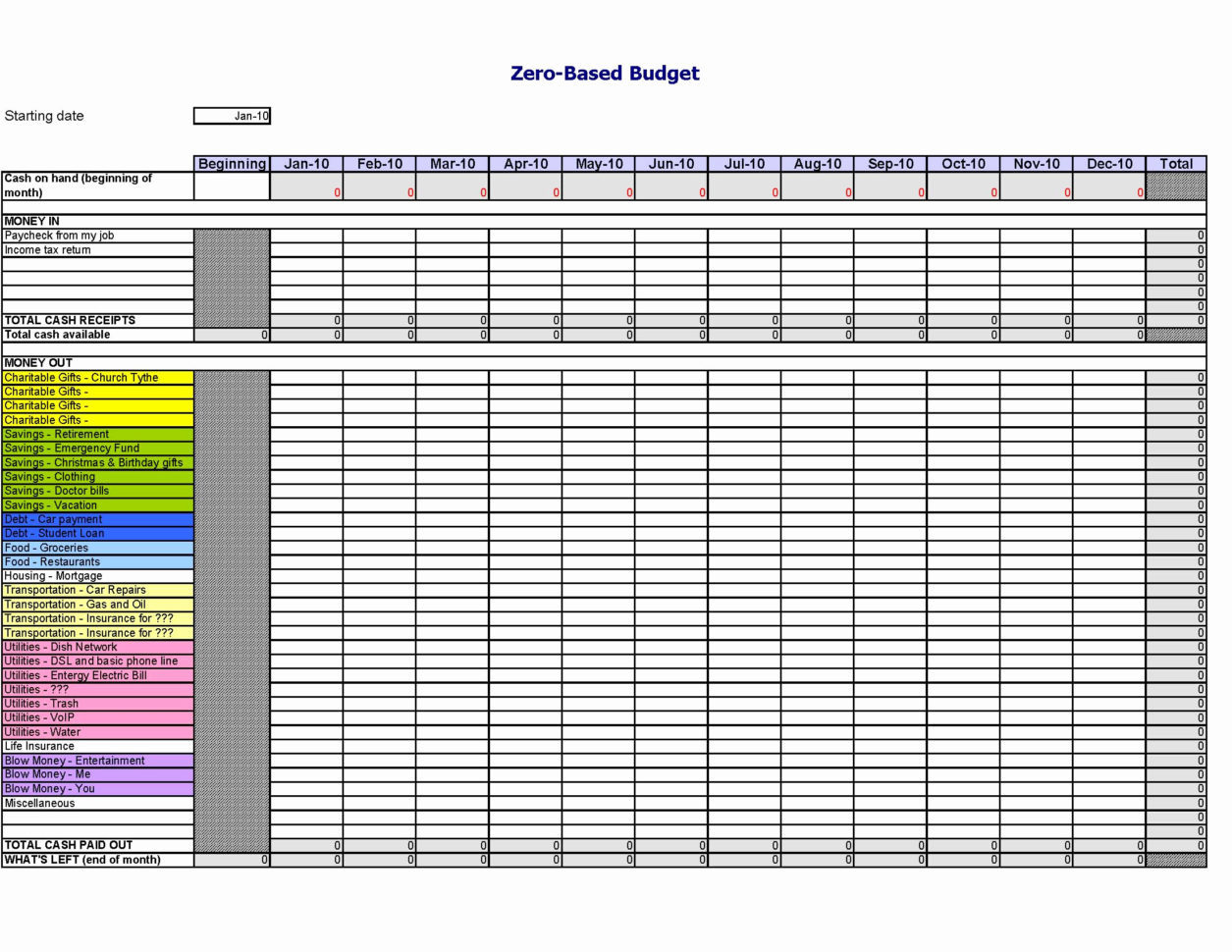
Once you’ve tallied up your fixed expenses, you can subtract that number from the total income you calculated in step 1. The one-off expenses, or variable costs? Not so much-more on that in a minute.

These costs are easy to predict, so they’re easy to work into your budget.
Whether you pay bills monthly, weekly, or annually, you can expect to spend a set amount of dollars on each expense. Fixed costs are expenses that remain consistent throughout the year. Once you’ve added all of your business’s income together, you can subtract your fixed costs. Depending on your business model, you may have several income sources, so be sure to include any and all revenue streams in this section. To find out how much money your business is bringing in, refer to your profit and loss statements. It also indicates your take-home pay and whether your business performance is growing or stagnating. Your net income determines how much you can afford to spend. Whether you’re optimizing your personal spending or building a business budget, your first step should be aggregating all of your forms of income. Let’s now take a look at the steps you need to take to create one. Now you know what a business budget is, why it’s important, and the essential components. They give you the chance to identify and rectify problem areas quickly.īottom line: Consider a detailed budget one of your key business needs.They demonstrate positive money management to lenders and investors.They help business owners and decision-makers predict cash flow and identify trends.


This is a clear indication that business owners are not budgeting accurately or at all. But a chilling statistic suggests that not all business owners are completely convinced.Ħ3% of small business owners contribute personal funds to their business at least once per year. The benefits of budgeting may be obvious to some.


 0 kommentar(er)
0 kommentar(er)
